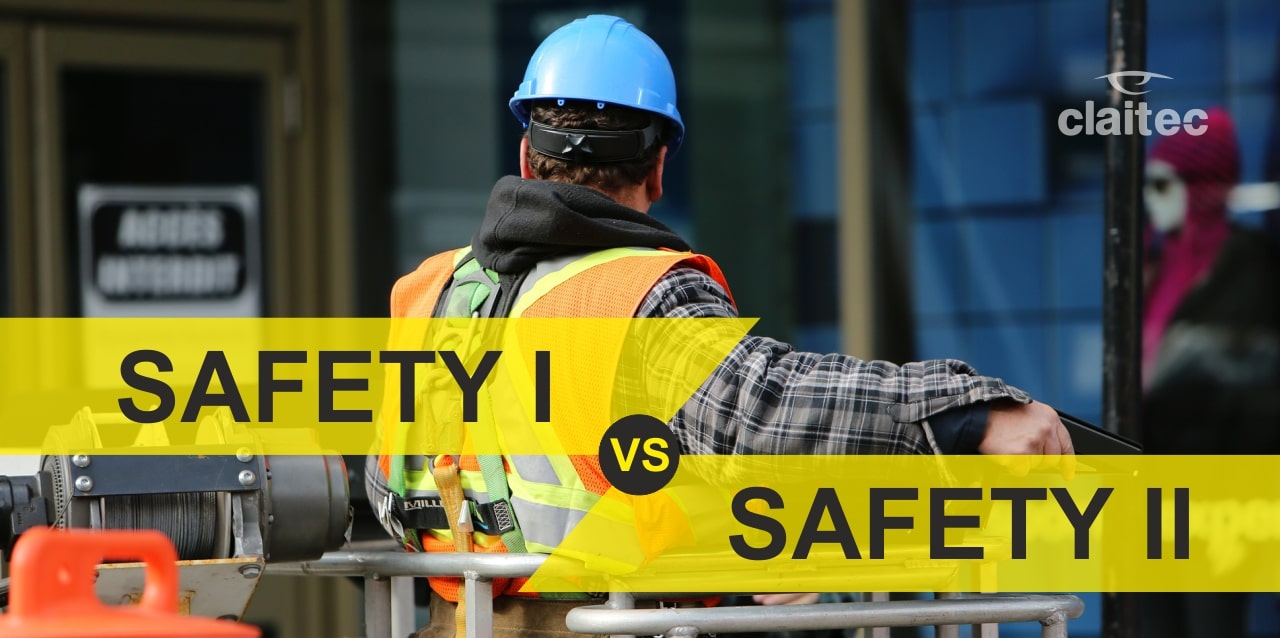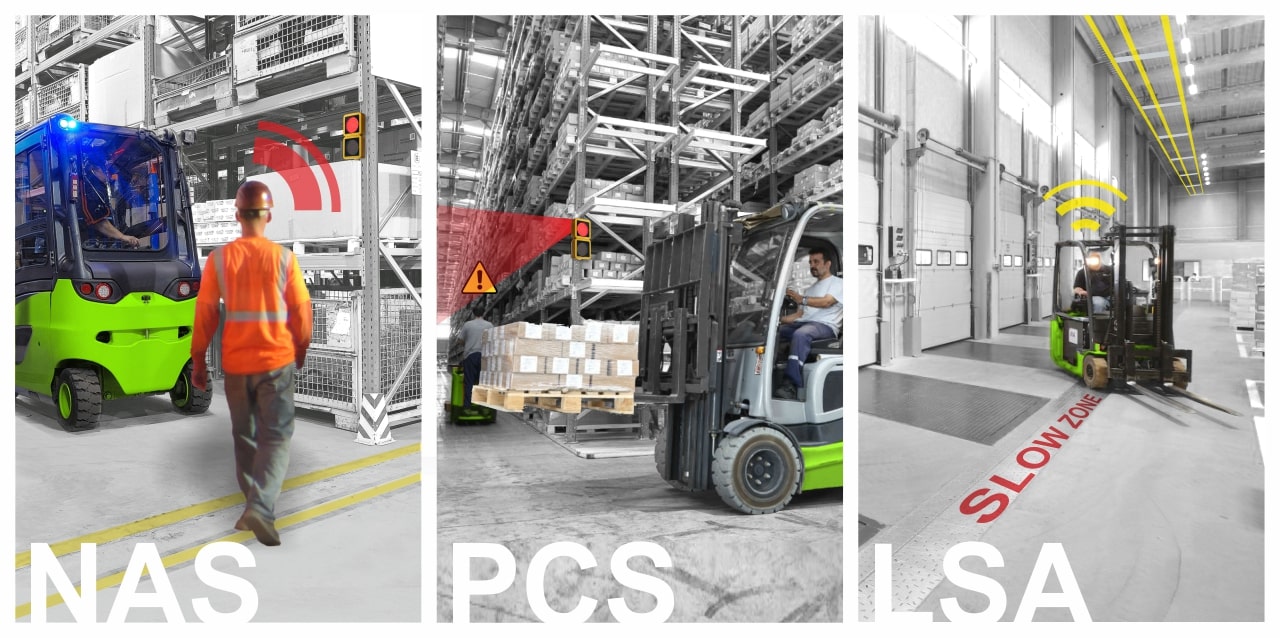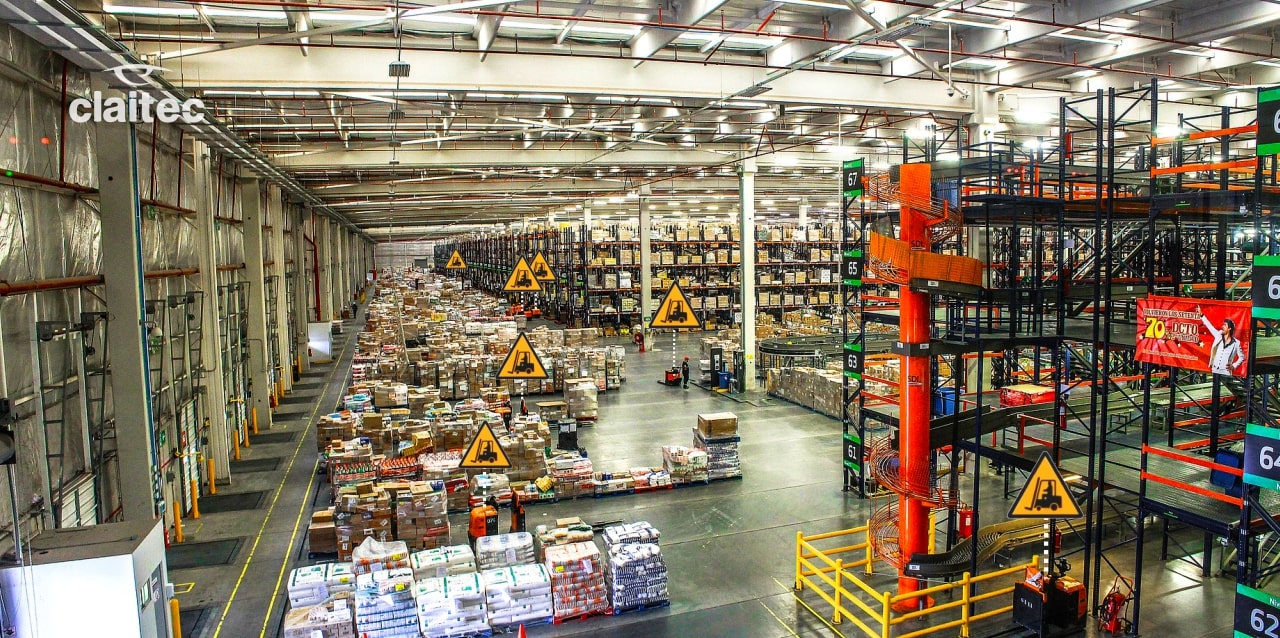
In this space we usually like to talk about industrial safety and the prevention of accidents at work. Today, we want to focus on two key concepts in the field of prevention and employee safety in workspaces – Safety I and Safety II.
According to leading analysts on occupational safety, Safety I represent the conventional safety perspective. This concept takes occupational accidents as the focus point from which to think and develop work, seeking to “prevent bad things from happening.”
On the other hand, Safety II implies a new way of approaching the subject. A paradigm shift which argues that it’s a lot more positive to stop focusing only on how to prevent things from going wrong and places much more emphasis on how things are going well. In other words, we are asked to look at how the system works without accidents, thus expanding the area of incident prevention and promoting safety management on simple risk assessment.
We must understand that the concept of Safety II shifts the negative view of “what goes wrong”, to achieving a positive look, emphasising “whatever it is that is going well”. This approach implies that occupational safety management should not be reactive, but it should be proactive instead.
That’s exactly the kind of philosophy we align with at Claitec. We understand that there’s a lot we can do in the area of prevention, and that our solutions can be great allies for any type of business looking to improve occupational safety and to reduce accidents.
The systems that we offer act as support and backup for the daily used tools and complement work dynamics, creating safe fields that protect the operators, for example in their coexistence with forklifts, and create much safer work spaces.
Are you keen to find out more about any of our solutions?
Do you need advice on any of our products?
Don’t hesitate to contact us.




